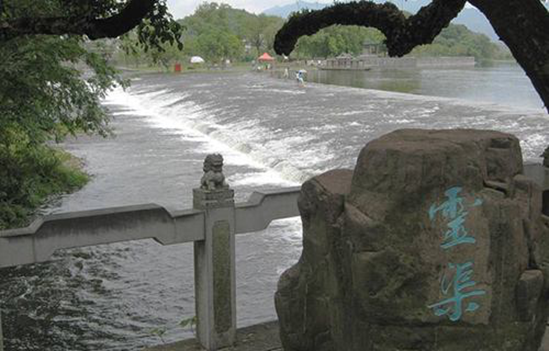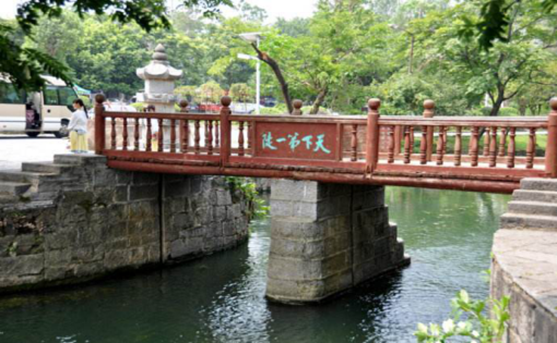

Lingqu Canal, located in Xing'an County, Guangxi Zhuang Autonomous Region, is one of the most completely preserved ancient man-made canals in the world today. It has been acclaimed as one of the Three Major Water Projects of the Qin Dynasty (221 BC to 207 BC) in China, together with the ancient Dujiangyan Project and the Zhengguo Canal. In 2018, it was added to the World Irrigation Project Heritage List.
In 219 BC, the Emperor of the Qin Dynasty in China started to build the Linqu Canal, in order to unify the southern region and facilitate the transportation of food grain to supply the army. It linked the Haiyang River – the source of the Xiang River (the largest tributary of the Yangtze River) and the Darong River – the source of the Li River (the fifth largest tributary of the Pearl River). The Lingqu Canal had a total length of 36.4 kilometers, and opened to navigation in 214 B.C. after five years of construction. Upon completion of the canal, the Yangtze River basin and the Pearl River basin were connected, thus forming a navigation network across eastern and southern China.
The main part of the Lingqu Canal includes the canal head, the south canal and the north canal. Its guiding design principle is to intercept the Xiang River with a water diversion structure consisting of a rafter dam (large and small balance dams) and a plow-shaped dam, which could divert 30% of the river runoff into the Li River through the south canal (see the picture below).
The selection of the site of the Lingqu Canal, its ingenious design and precise construction of demonstrate the outstanding engineering of ancient water projects in China. The project layout and hydraulic structures particularly reflect the unique cultural perspective of the Chinese people in terms of water project design, technological sophistication and aesthetic values. It epitomizes the marvelous achievements in the spheres of navigation and hydraulic engineering in ancient China. The steep sluice gate, which was built to raise the water level and ensure navigation, was recognized as "the Father of the Sluice Gate" by experts of the International Commission on Large Dams.

Although navigation no longer takes place on the Lingqu Canal, it continues to perform its irrigation function and contributes to the welfare of local people.